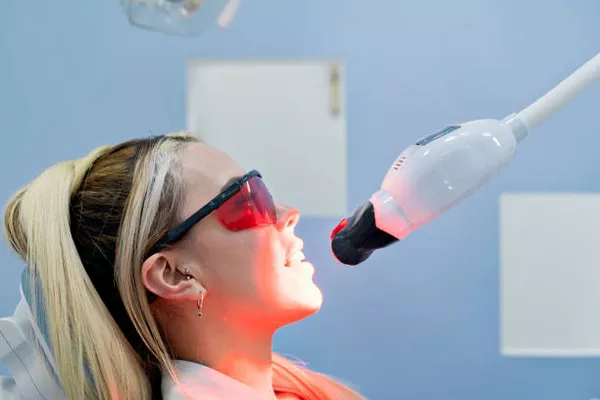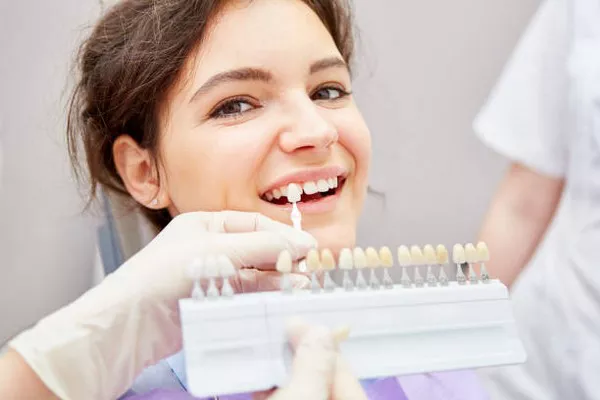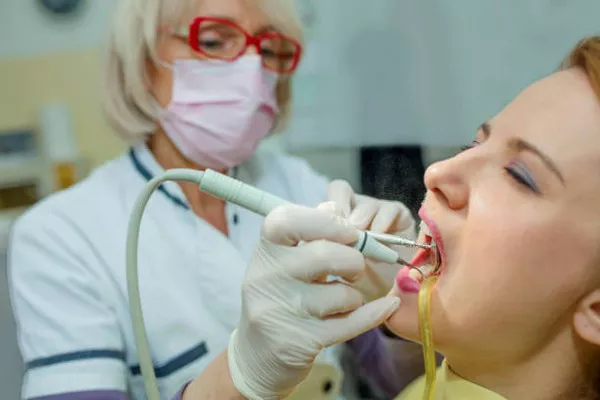Periodontitis, also known as gum disease, is a common oral health condition that can cause significant damage to the teeth and gums if left untreated. While periodontitis cannot be cured completely, early detection and treatment can prevent the disease from progressing and improve the overall health of the gums.
In this article, we will discuss whether or not periodontitis can be reversed and explore the possibilities and limitations of treatment.
What is Periodontitis?
Periodontitis is an inflammatory condition that affects the gums and tissues supporting the teeth. It occurs when bacteria in the mouth build up and form plaque and tartar, leading to inflammation and infection. Over time, the infection can cause damage to the gums and jawbone, leading to tooth loss and other dental problems.
Symptoms of Periodontitis
The symptoms of periodontitis may vary depending on the severity of the condition. However, some common signs include:
1.Red, swollen, and tender gums
2.Bleeding gums during brushing or flossing
3.Receding gums
4.Loose teeth
5.Bad breath
6.Pus around the teeth and gums
7.Changes in bite
Can Periodontitis Be Reversed?
While periodontitis cannot be cured completely, early detection and treatment can help prevent the disease from progressing and improve the overall health of the gums. This means that it is possible to reverse some of the damage caused by periodontitis.
The goal of treatment for periodontitis is to remove the bacteria causing the infection and reduce inflammation in the gums. This can be achieved through a combination of non-surgical and surgical treatments.
Non-surgical Treatment for Periodontitis
Non-surgical treatment for periodontitis involves deep cleaning of the teeth and gums to remove plaque and tartar. This process is called scaling and root planing and involves the following steps:
Scaling
Scaling is the process of removing plaque and tartar from the surfaces of the teeth and below the gum line using a special tool called a scaler.
Root Planing
Root planing involves smoothing out the surfaces of the tooth roots to remove any rough areas where bacteria can gather.
Antibiotics
Antibiotics may be prescribed to eliminate bacterial infection in the gums.
Surgical Treatment for Periodontitis
In more severe cases of periodontitis, surgical treatment may be necessary to repair the damage caused by the disease. Surgical procedures for periodontitis include:
Flap Surgery
Flap surgery involves lifting the gums away from the teeth and cleaning the root surfaces of the teeth. The gums are then repositioned to fit snugly around the teeth.
Bone Grafting
Bone grafting involves placing small pieces of bone in areas where bone loss has occurred to stimulate new bone growth.
Soft Tissue Grafting
Soft tissue grafting involves taking a small amount of tissue from another area of the mouth and grafting it onto the affected area to replace lost gum tissue.
Limitations of Reversing Periodontitis
While it is possible to reverse some of the damage caused by periodontitis through early detection and treatment, there are limitations to what can be achieved. For example, once the bone supporting the teeth has been lost, it cannot be regenerated. This means that advanced cases of periodontitis may not be reversible and may require long-term management to prevent further damage.
Prevention of Periodontitis
Preventing periodontitis requires good oral hygiene practices and regular dental check-ups. Brushing twice a day, flossing once daily, and using an antiseptic mouthwash can remove plaque and prevent bacterial growth. Regular dental check-ups can also help detect and treat any oral health issues before they progress to a more advanced stage.
Conclusion
While periodontitis cannot be cured completely, early detection and treatment can prevent the disease from progressing and improve the overall health of the gums. Non-surgical and surgical treatments can remove bacteria and reduce inflammation in the gums to reverse some of the damage caused by periodontitis. However, there are limitations to what can be achieved, especially in advanced cases of the disease. By practicing good oral hygiene habits and seeking regular dental care, individuals can reduce their risk of developing periodontitis and other oral health problems.
Related Topics:
































